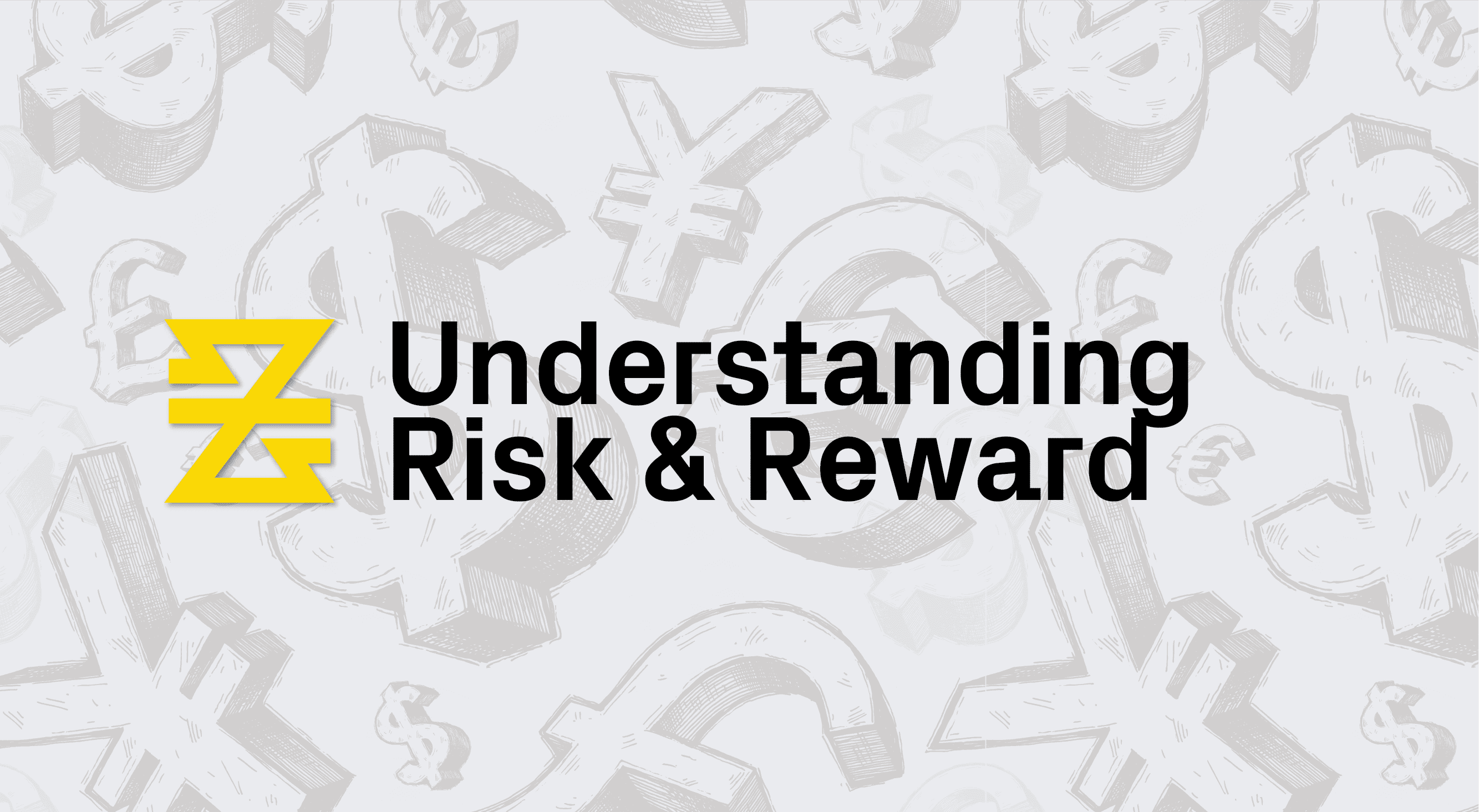- CFDs & Forex Trading | Regulated Online Trading
- About Us
- Trading
- Platforms
- Resources
- Partners
- Research
Search
×

CHAPTER 5 - LESSON 1
Forex trading involves a high degree of risk, and traders must be aware of those risks and take steps to manage their exposure. Understanding the relationship between risk and reward is key.
When it comes to trading, understanding the concept of risk and reward is vital for making informed decisions. The risk-reward ratio plays a significant role in assessing the potential profitability of a trade. To calculate the risk-reward ratio, divide the potential reward by the potential risk. For example, if the potential reward is $500 and the potential risk is $100, the risk-reward ratio would be 5:1.
A risk-reward chart is a graphical representation that visually displays the risk and reward potential of a trade. It helps traders evaluate the potential profit compared to the potential loss for each trade, providing a clear picture of the risk-reward trade-off.
Below are some key things to know about risk and reward in forex trading:
Refers to the potential loss that a trader can incur on a trade. Traders should always consider the risk of a trade before entering it, and should use stop loss orders to limit their potential losses.
Refers to the potential profit that a trader can earn on a trade. Traders should consider the potential reward of a trade before entering it, and aim for a reward that is greater than the risk they are taking on the trade.
The ratio of the potential reward of a trade to the potential risk. Traders should aim for a risk-reward ratio of at least 1:2, meaning that the potential reward is at least twice the potential risk.
The likelihood that a trade will be profitable. Traders should consider the probability of success when entering a trade, and should only enter trades that have a high probability of success.
Traders should always aim to maximize their potential rewards while minimizing their potential risks. This can be done by using risk management strategies such as stop loss orders, and by avoiding trades that have a low probability of success.
By considering the risk-reward ratio and referring to a risk-reward chart, traders can assess whether a trade is worth pursuing. A favorable risk-reward ratio typically indicates that the potential reward outweighs the potential risk, making it a potentially profitable opportunity. However, it is important to note that trading involves inherent risks, and managing risk effectively is essential to long-term success.

Calculating the risk-reward ratio is a fundamental aspect of trading that helps traders assess the potential profitability of a trade. To determine the risk reward ratio, you need to divide the potential reward by the potential risk. This ratio provides a quantitative measure of the potential gains versus the potential losses.
For example, if you anticipate a potential profit of $500 and your potential loss is $100, the risk-reward ratio would be 5:1. This means that for every dollar you risk, you stand to gain five dollars.
To visualize the risk-reward ratio, traders often refer to a risk-reward chart. This chart plots the potential risk on the x-axis and the potential reward on the y-axis. By examining the chart, traders can quickly assess the risk-reward trade-off of a particular trade.
By calculating and analyzing the risk-reward ratio, traders can make more informed decisions. It allows them to assess the potential profitability of a trade before entering into it, helping them manage their risk effectively and optimize their trading strategies.
To sum up, traders should consider the potential risks and rewards of a trade before entering it, and should aim for a risk-reward ratio of at least 1:2. Traders should also consider the probability of success when entering a trade, and should use strategies to limit their potential losses.
In the next section, we will talk about some key risk management strategies used in trading the forex market.
BAXIA GLOBAL LIMITED
Join the community
Risk Warning: Margin trading involves a high level of risk, and may not be suitable for all investors. You should carefully consider your objectives, financial situation, needs and level of experience before entering into any margined transactions with Baxia Markets, and seek independent advice if necessary. Forex and CFDs are highly leveraged products which mean both gains and losses are magnified. You should only trade in these products if you fully understand the risks involved and can afford losses without adversely affecting your lifestyle (including the risk of losing the entirety of your initial investment). You must assess and consider them carefully before making any decision about using our products or services.
Baxia Global Limited is a company registered in Seychelles with registration number: 8426970-1, and is regulated by the Financial Services Authority of Seychelles with License number: SD104.
Baxia Limited is a company registered in The Bahamas with registration number: 177330 B, and is licensed and regulated by The Securities Commission of The Bahamas (SCB), (SIA-F234).
The information on this website is general in nature and doesn’t take into account your personal objectives, financial circumstances, or needs. It is not targeted at the general public of any specific country and is not intended for distribution to residents in any jurisdiction where that distribution would be unlawful or contravene regulatory requirements. Baxia Markets does not offer its services to residents of certain jurisdictions such as USA, Cuba, Sudan/Republic of Sudan, Syria, Iran, Iraq, South Sudan, Venezuela, Libya, Belarus, Afghanistan, Myanmar, Russia, Crimea, Donetsk, Luhansk, Palestine, Yemen, Zimbabwe and North Korea.